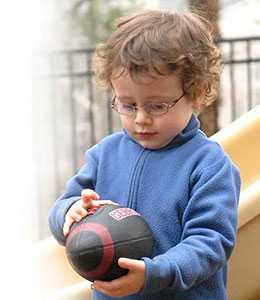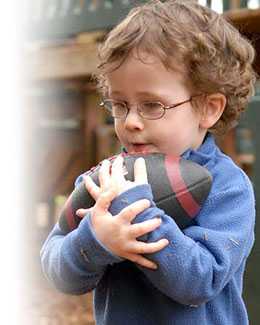Why Is This Case Important?

For children with ASD, educational interventions are the mainstay of treatment.
Such interventions may include behavioral therapies, speech-language therapy, and occupational therapy. These therapies target the core symptoms of ASD and aim to improve a child’s functioning across environments.
Depending on age, most children with ASD access these therapies through early intervention programs or local school districts. These agencies serve as important resources for children with ASD.
Navigating the Modules
- Use the links at the lower left and right of each page to move forward and backward through the course.
- Each section of the case is followed by a series of questions.
- Some questions have multiple tabs; please be sure to click them all.
- Be on the lookout for videos that show key content and materials you can download and use in practice.
- Following completion of the entire module, you will be given a link directing you to the CDC Training and Continuing Education Online website to secure CE credit.
- At any time during the module, you can use the “Course Information” links to find information about the course, navigating the module and continuing education credit. You will not exit the module by clicking on these links.

Key Learning Objectives
- Discuss the evidence base and recommended educational therapies for children with ASD
- List the key features of successful early educational programs for children with ASD
- Describe the current evidence base for commonly used behavioral therapies
- Understand the typical components of early intervention programs for children with ASD, age three years and younger
- Understand the difference between diagnosis and eligibility for an Individual Educational Plan (IEP) for children with ASD, age three years and older
- Provide ongoing support and management for children with ASD and their families regarding educational therapies
- Identify the needs of families in the transition from Early Intervention (EI) to early childhood special education
- Understand the process for evaluating problem behaviors to develop a home treatment plan for children with ASD
- Page last reviewed: May 30, 2017
- Page last updated: July 8, 2016
- Content source:


 ShareCompartir
ShareCompartir